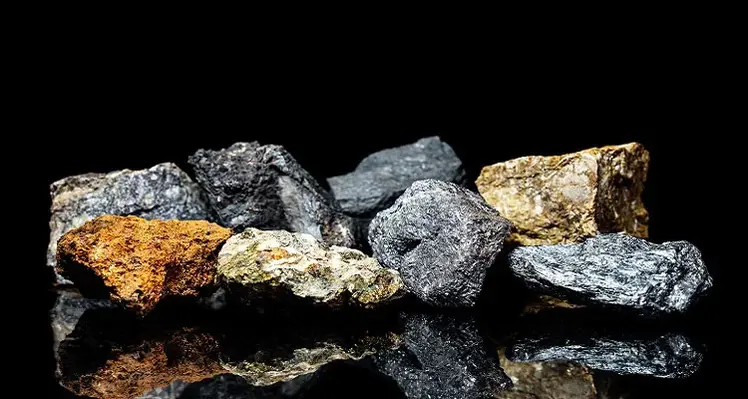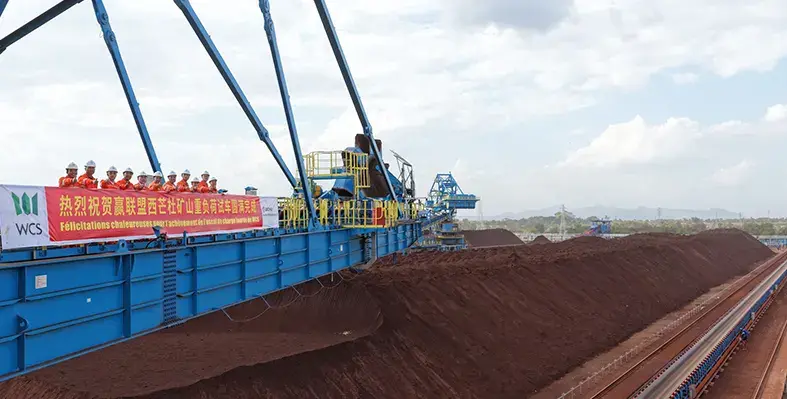Ivanhoe Mines has formalised a new partnership framework with Qatar Investment Authority (QIA) following the sovereign fund’s recent US$500mn strategic investment in the company.
The MoU was concluded during the visit of His Highness The Amir of Qatar, Sheikh Tamim bin Hamad Al-Thani, to the Democratic Republic of the Congo (DRC). During his trip, the Amir held discussions with DRC President Félix Tshisekedi on strengthening ties between the two nations, creating the backdrop for the Ivanhoe–QIA agreement.
Under the terms of the MoU, Ivanhoe Mines and QIA have established a broad framework intended to support the discovery, responsible development and long-term supply of critical minerals required for global decarbonisation and next-generation technologies.
Commenting on the agreement, Robert Friedland said, “The signing of the MoU, together with the strategic investment by the Qatar Investment Authority, is a strong vote of confidence in Ivanhoe Mines and our mission to supply the strategic metals that power global electrification and the rise of AI and large-scale datacentres. We are excited to build this long-term, world-class alliance as we unlock new frontiers in our hunt for the next generation of great discoveries, which we will sustainably mine together.”
QIA CEO Mohammed Saif Al-Sowaidi added, “This MoU is a testament of QIA’s commitment to building strategic partnerships with leading suppliers of critical minerals, supporting global efforts to develop new energy infrastructure and power advanced technologies. We are delighted to be working with Ivanhoe Mines and look forward to further growing our partnership, aimed at generating long-term, sustainable prosperity.”
The cooperation framework specifically recognises QIA’s support for Ivanhoe’s ongoing exploration and development pipeline, including the company’s substantial activities at the Western Forelands project in the DRC, where work continues to advance the Makoko District and other promising targets.
Both parties also intend to explore additional joint opportunities across regions of shared interest, covering mining ventures at various stages of development. Potential areas of collaboration include investment or financing agreements, access to QIA’s network of financial institutions for favourable funding of critical minerals projects, and joint consideration of future strategic mergers and acquisitions.
The MoU further sets out avenues for cooperation on enabling infrastructure—such as logistics, energy and water systems—as well as possible downstream initiatives, including smelting and refining capacity for critical minerals in Africa and other global jurisdictions.










